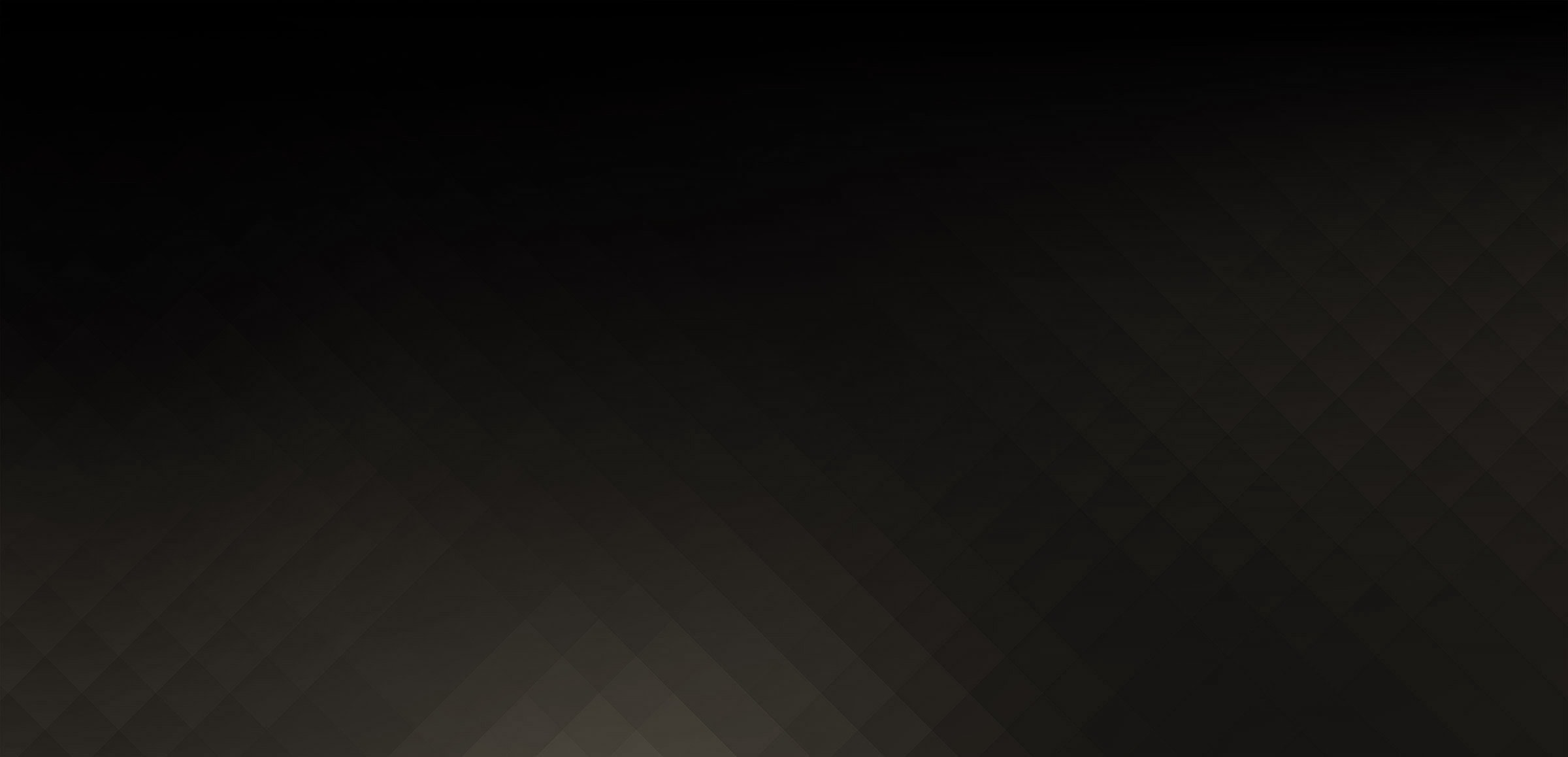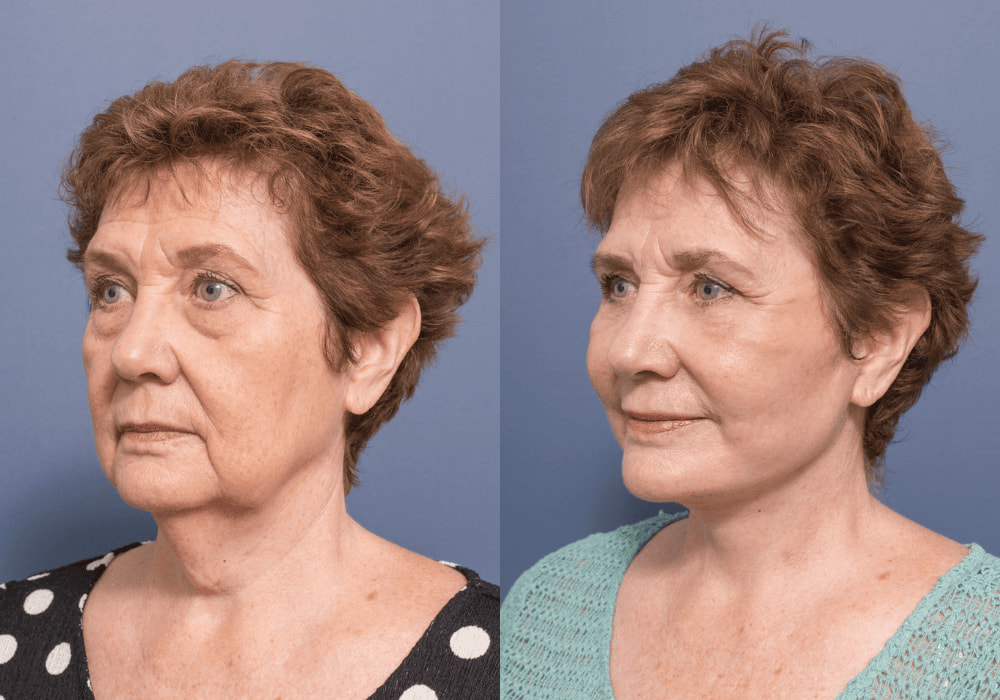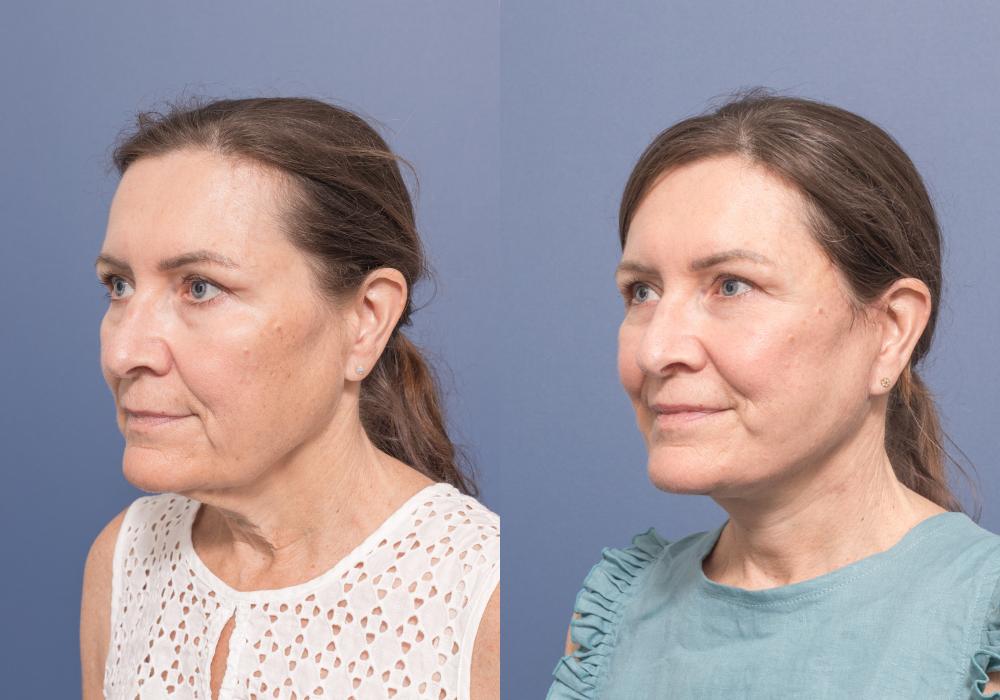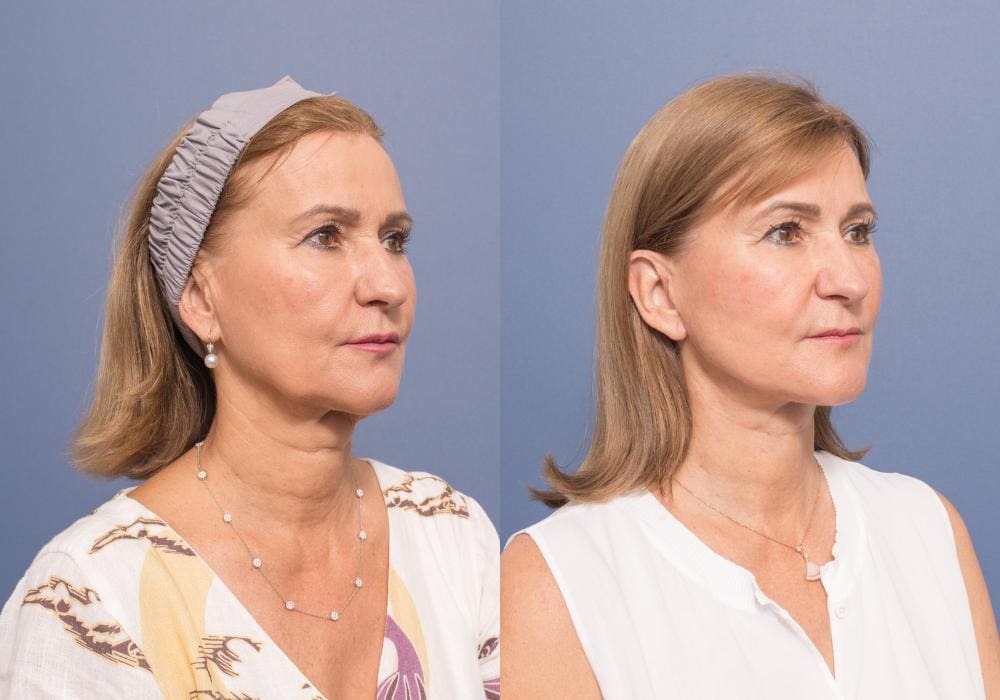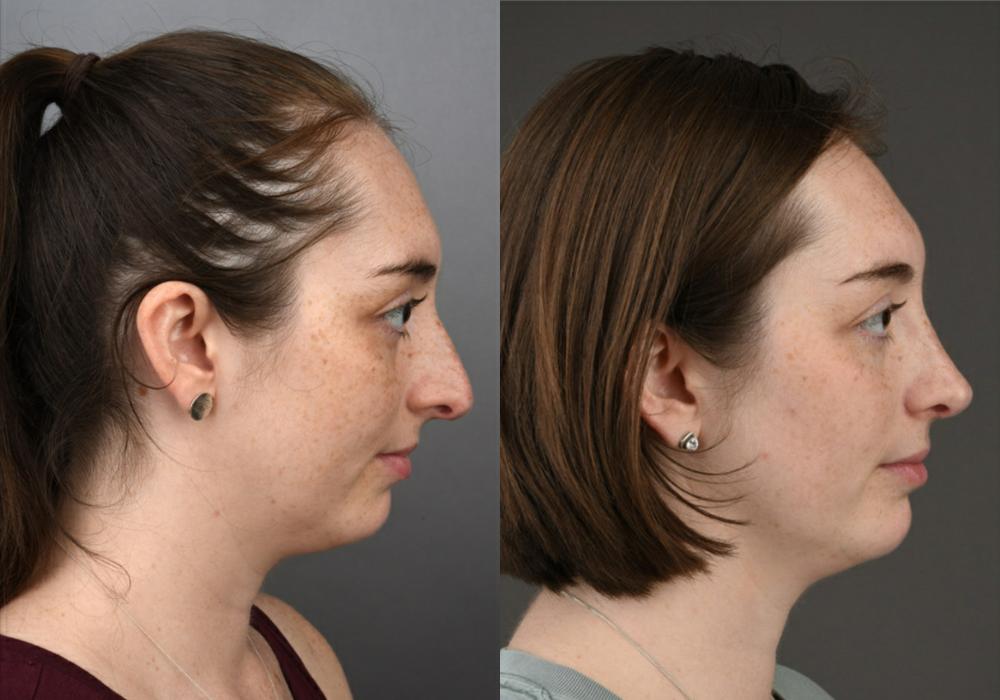
A brow lift can enhance your facial appearance by repositioning your brows to a lifted, more rejuvenated position
Choose A Brow Lift For A Lifted, Rejuvenated Look!
Overview
As a powerful means of expression, our eyes can convey a wide range of emotions. Unfortunately, as we age, wrinkles, sagging, and heaviness can cause our eyes and forehead to appear tired, sad, or angry, even when we don’t feel that way.
Fortunately, a brow lift procedure can help address this issue and enhance your facial appearance by repositioning your brows to a lifted, more rejuvenated position.
Many individuals seek out a brow lift to counteract the effect of gravity and tighten skin in the upper third of the face, which can help improve horizontal wrinkles and creases across the forehead, elevate sagging upper eyelids and eyebrows, and create a more refreshed look.
What are the Benefits of a Brow Lift?
- Restores the natural position of the eyebrows
- Improves the appearance of droopy upper eyelids
- Lifts and tightens the forehead skin
- Can soften horizontal forehead lines
- Improves the appearance of crow’s feet and hooding
- Creates a more rested, alert, and refreshed appearance
- Helps open the eyes
Who are Good Candidates for a Brow Lift?
The most suitable candidates for a brow lift are those who:
- Are unhappy with their permanent brow expression, which may appear sad, angry, or tired
- Desire a more opened eye appearance
- May be experiencing vision problems due to hooding of the brow and sagging eyelids
- Are non-smokers and are generally healthy
- Have realistic expectations for the outcome of the brow lift procedure
Relationship of the Brow to the Upper Eyelid
The position of the brow and upper eyelid are interrelated, and changes to one can significantly impact the other. A heavy brow can cause excess skin on the upper eyelid, while lifting the brow can reduce the amount of excess upper eyelid skin. Hence, it is crucial to evaluate the brow and upper eyelid together to achieve optimal results.
Lifting the brow can also open up the upper eyelid area, while removing eyelid skin can create more space in the brow and eyelid region. Both procedures can be performed together to enhance the overall appearance of the eye area. Dr. Honeybrook typically lifts the brow first and then determines how much loose skin in the upper eyelid can be safely removed.
Brow Lift Approaches/Techniques
Brow lift surgery is a highly individualised procedure, and depending on each individual’s unique anatomy and brow structure, Dr. Honeybrook employs a variety of approaches to achieve optimal brow repositioning results. Incisions are carefully placed in the scalp within or beyond the hairline above the brow or at the temples, with the size, number, and placement of the incisions determined by the chosen approach.
While the use of an endoscope can allow for smaller incisions, it may not be suitable for all individuals. Dr. Honeybrook may employ a temporal brow lift, endoscopic brow lift or a trichophytic brow lift which also can lower the hairline. Each technique will be thoroughly discussed with the individual during their consultation to determine the ideal method for their individual needs. With Dr. Honeybrook’s expertise and attention to detail, individuals can achieve a smoother, more youthful-looking brow and a refreshed and rejuvenated appearance.
Recovery After a Brow Lift
After undergoing a brow lift, it is recommended to apply ice to the treated area during the first 48 hours and maintain a more upright position with the head elevated for 5-7 days. During the initial week following the procedure, it is essential to engage in only light activity to facilitate the body’s restorative processes. Swelling is expected to gradually subside after the fourth or fifth post-operative day, while bruising and numbness during this period is not uncommon. Approximately one-week post-surgery, any sutures will be removed. Expect to resume normal activities within two weeks, feeling rejuvenated and invigorated.
Healing of the incisions typically takes around two weeks, and Dr. Honeybrook will schedule a follow-up appointment to assess your progress and remove sutures as necessary. Although most individuals can resume their daily activities within two weeks, it may take a few months for full recovery. It is critical to maintain a realistic perspective on the eventual results, as the impact of gravity and aging is inevitable, despite the long-lasting effects of the procedure.
Note: Any surgical or invasive procedure carries risk. These risks will be discussed with you in detail during the consultation. For further information on risks please refer to the patient resources section of the website.
